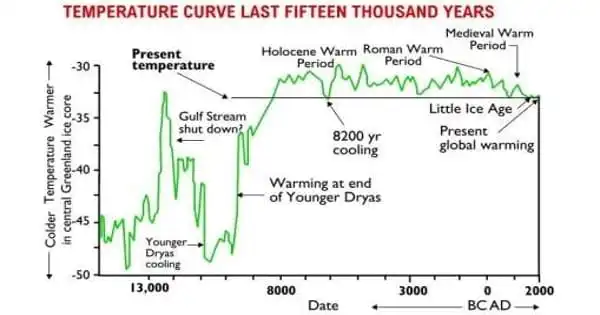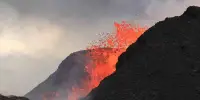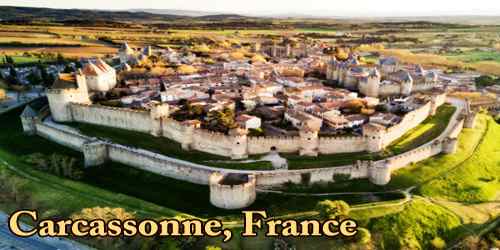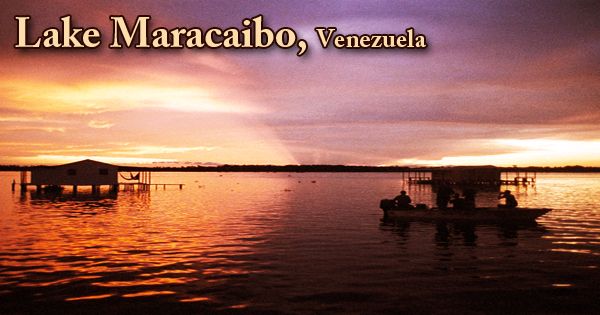During the Holocene, significant climate changes were recorded in natural archives, including the rapid waning of ice sheets, millennial shifting of the monsoonal fringe in the northern hemisphere, and abrupt centennial events. The Holocene Climate Optimum warm event included temperature increases of up to 4 degrees Celsius near the North Pole (in one study, winter warming of 3 to 9 degrees Celsius and summer warming of 2 to 6 degrees Celsius in northern central Siberia). Warming occurred in Northwestern Europe, but cooling occurred in Southern Europe.
An international team led by Professor Rick Schulting of Oxford University’s School of Archaeology published a study in Nature Ecology & Evolution that sheds new light on how our ancestors dealt with major climate shifts.
It reveals that new radiocarbon dates show that the large Early Holocene cemetery of Yuzhniy Oleniy Ostrov at Lake Onega, about 500 miles north of Moscow, which was previously thought to have been in use for many centuries, was in fact only used for one to two centuries. Furthermore, this appears to be a response to a period of climate stress.
The team believes that the cemetery’s construction reveals a social response to the stresses caused by regional resource depletion. Lake Onega, Europe’s second-largest lake, had its own ecologically resilient microclimate during a time of climate change. This would have drawn game, including elk, to its shores, while the lake itself would have provided a productive fishing environment. Because of the temperature drop, many of the region’s shallower lakes may have been vulnerable to the well-known phenomenon of winter fish kills, which are caused by low oxygen levels beneath the ice.
It reveals that new radiocarbon dates show that the large Early Holocene cemetery of Yuzhniy Oleniy Ostrov at Lake Onega, about 500 miles north of Moscow, which was previously thought to have been in use for many centuries, was in fact only used for one to two centuries.
Professor Rick Schulting
The establishment of a cemetery at the site would have helped to define group membership for previously dispersed bands of hunter-gatherers, reducing potential conflict over access to the lake’s resources. The team discovered that as the climate improved, the cemetery largely fell out of use, as people presumably returned to a more mobile way of life and the lake became less central.
The behavioral changes – to what could be described as a more ‘complex’ social system with abundant grave offerings – were situational. However, they imply the presence of important decision-makers, and the findings also imply that early hunting and gathering communities were highly flexible and resilient, according to the team. The findings have implications for comprehending the context for the emergence and dissolution of socioeconomic inequality and territoriality under socio-ecological stress.

The radiocarbon dating of the human remains and associated animal remains at the site reveals that the cemetery’s main use spanned between 100-300 years, from approximately 8250 to 8,000 BP. This coincides with the 8.2 ka dramatic cooling event, so this site may provide evidence for how these humans responded to climate-driven environmental change.
In comparison to current events, the Holocene (the current geological epoch that began approximately 11,700 years ago) has been relatively stable. However, a number of climate changes have been recorded in Greenland ice cores. The best-known of these is the 8,200-year-old cooling event, which was the largest climatic downturn in the Holocene and lasted one to two centuries. However, there is little evidence that the hunter-gatherers who occupied most of Europe at the time were significantly affected, and if they were, how specifically.
Yuzhniy Oleniy Ostrov is one of northern Eurasia’s largest Early Holocene cemeteries, with up to 400 possible graves, 177 of which were excavated in the 1930s by a team of Russian archaeologists. Based on their findings, the cemetery site holds an important place in European Mesolithic studies, thanks in part to the variation in the accompanying grave offerings. Some graves have none at all, while others have numerous and elaborate offerings.
The Natural Environment Research Council (UK) and the Social Science and Humanities Research Council of Canada funded this study. The Kone Foundation also contributed.
The Holocene thermal maximum was characterized by intense summer solar heating, which significantly increased summertime temperatures in comparison to preindustrial climate. Thank you to the Peter the Great Museum of Anthropology and Ethnography/Kunstkamera in St. Petersburg, Russia, for granting access to their collections.
















